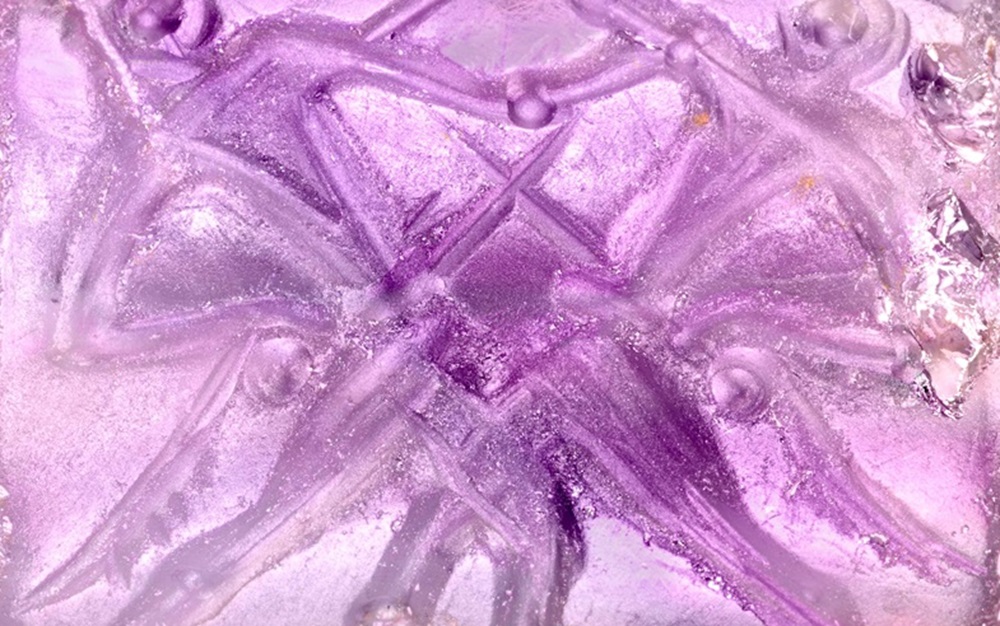
A press conference was held on Wednesday, February 12, 2025, at the amphitheatre of the Ministry of Culture for the presentation of the temporary exhibition “Princes of Pylos. Treasures of the Bronze Age from Messinia“, organized by the Ministry of Culture and the Ephorate of Antiquities of Messinia. The reason for organizing the exhibition was the need to present to the general public, as well as abroad, some of the approximately 1,400 unique and valuable grave goods that accompanied the burial of a young man, aged 30-35 years old, in a pit tomb around 1450 BC. The discovery of the tomb aroused particular interest both in Greece and internationally, due to its intact condition and the exceptional importance of the finds that came to light.
As the Minister of Culture stated: “The exhibition “Princes of Pylos” is a unique opportunity for the public to get to know, up close, Bronze Age treasures that reveal aspects of social, political and economic life of the Mycenaean period. The land of Messinia, like the whole of Greece, continues to provide us with unexpected archaeological discoveries, a fact that confirms the infinite wealth of our cultural heritage. The Ministry of Culture has developed and is implementing a coherent plan for the promotion of Mycenaean Culture, as is the case with Cycladic Culture. In this context, important projects are being carried out in the region of Messinia, such as the promotion of the Palace of Nestor, the Tholos Tombs and the restoration and expansion of the Archaeological Museum. The presentation of the exhibition, then at the Getty Museum in Los Angeles, is part of the strategy of extroversion of Greek culture, which is systematically implemented by the Ministry of Culture. These actions are not isolated. They are part of an overall plan that promotes the preservation, enhancement and international promotion of Greek cultural heritage. The Ministry of Culture remains committed to the implementation of these strategic choices, which strengthen the cultural identity of our country and promote its historical heritage worldwide. The organization of this exhibition serves these two policies: The promotion of Mycenaean Culture as a whole and the promotion and extroversion of Greek culture, outside the borders.”.
This particular tomb became known worldwide as the ‘Tomb of the Warrior Griffin’, a name derived from an extremely rare ivory tile found at the feet of the deceased depicting a griffin – a mythological figure with the body of a lion and the head and wings of an eagle. The tomb is located in close proximity to Vault Tomb IV, about 150 metres northeast of the Palace of Nestor, and was excavated in 2015.
The temporary exhibition “Princes of Pylos. The “Bronze Age Treasures from Messinia” is the culmination of a long and highly effective collaboration between the Ephorate of Antiquities of Messinia and the archaeologists of the University of Cincinnati, USA, Professor Jack Davis and Dr. Sharon Stocker, who, under the supervision of the Ministry of Culture, under the auspices of the American School of Classical Studies, have been conducting excavations in recent years on the hill of Ano Eglianos, where the so-called Palace of Nestor is located, near the present settlement of Chora Messinia.
The exhibition will be inaugurated by the Minister of Culture Lina Mendoni, at the Archaeological Museum of Messinia, in the historic centre of Kalamata, on Friday 14 February 2025, at 19.00.

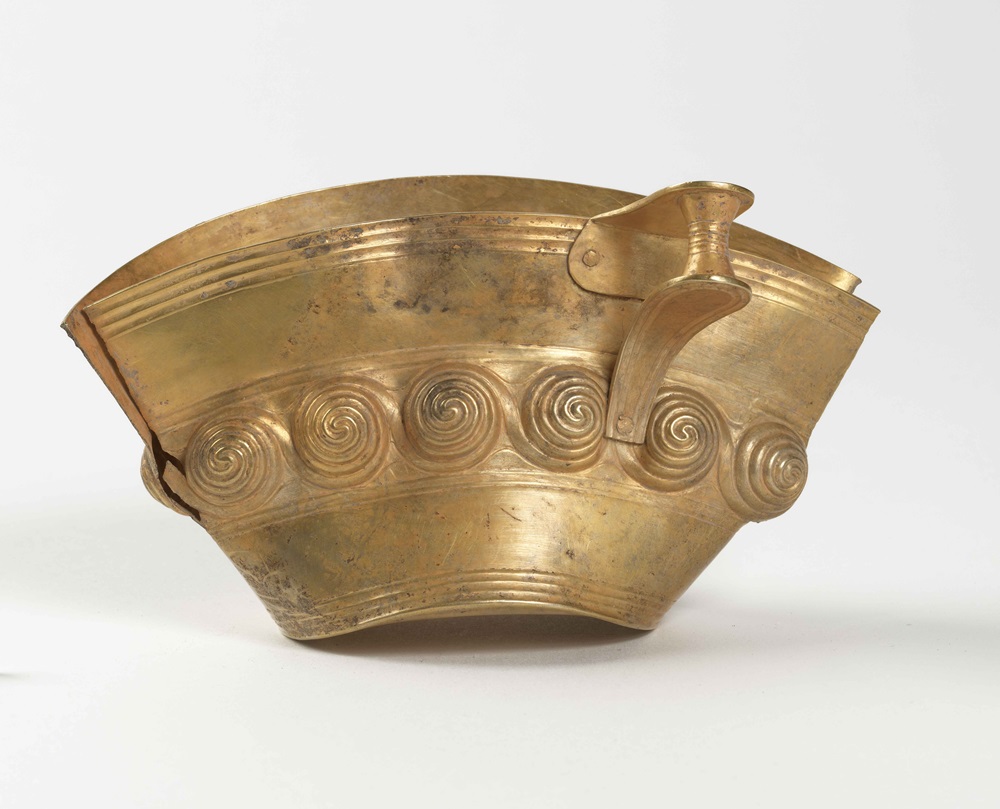
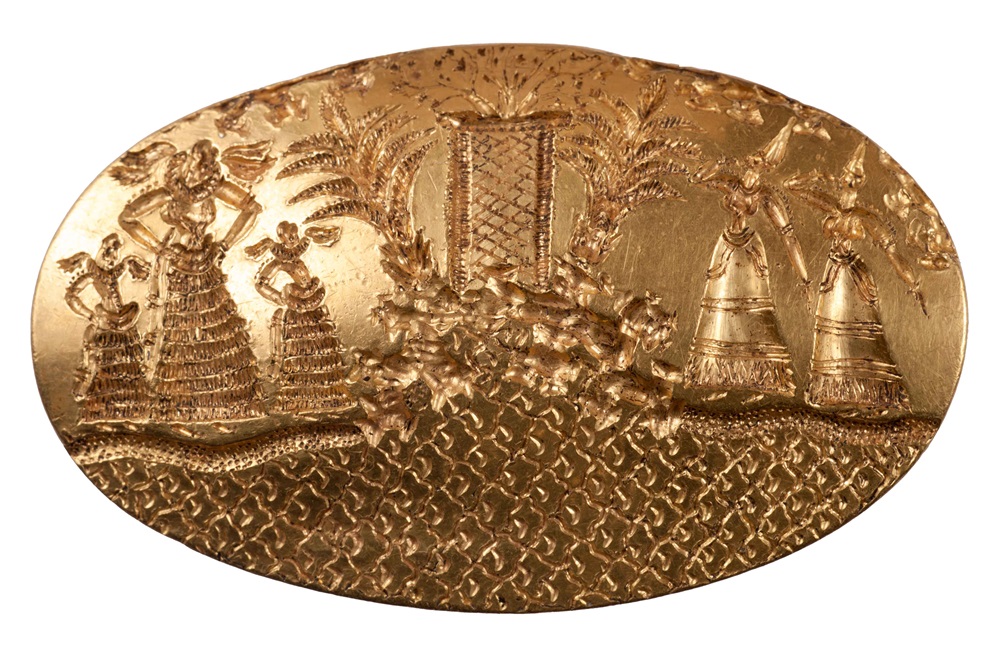
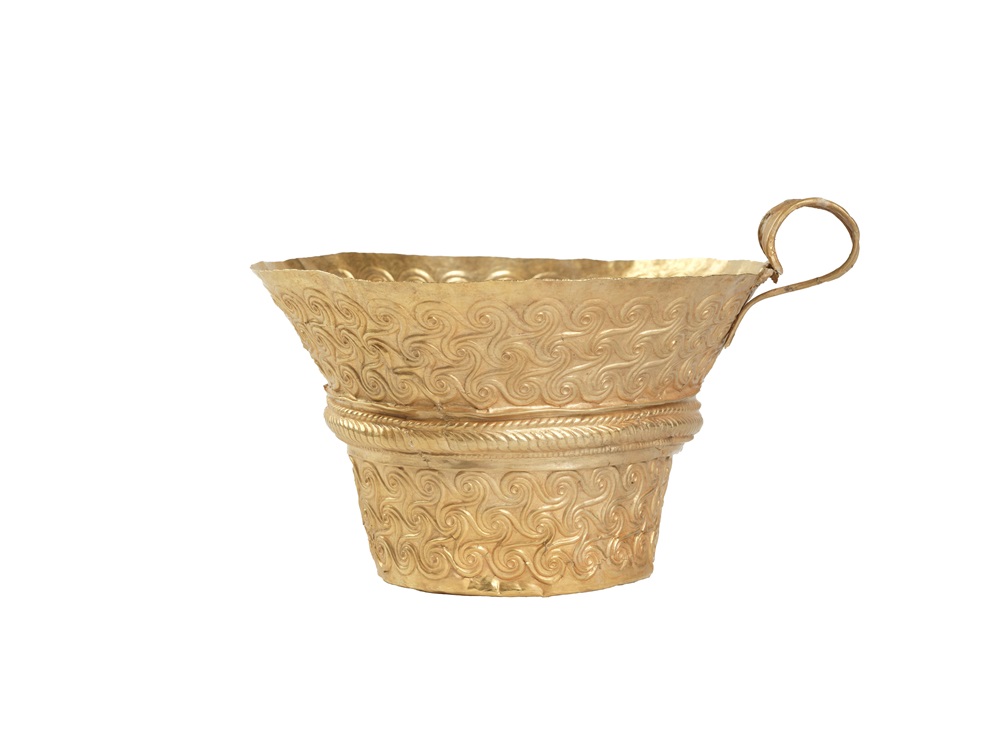
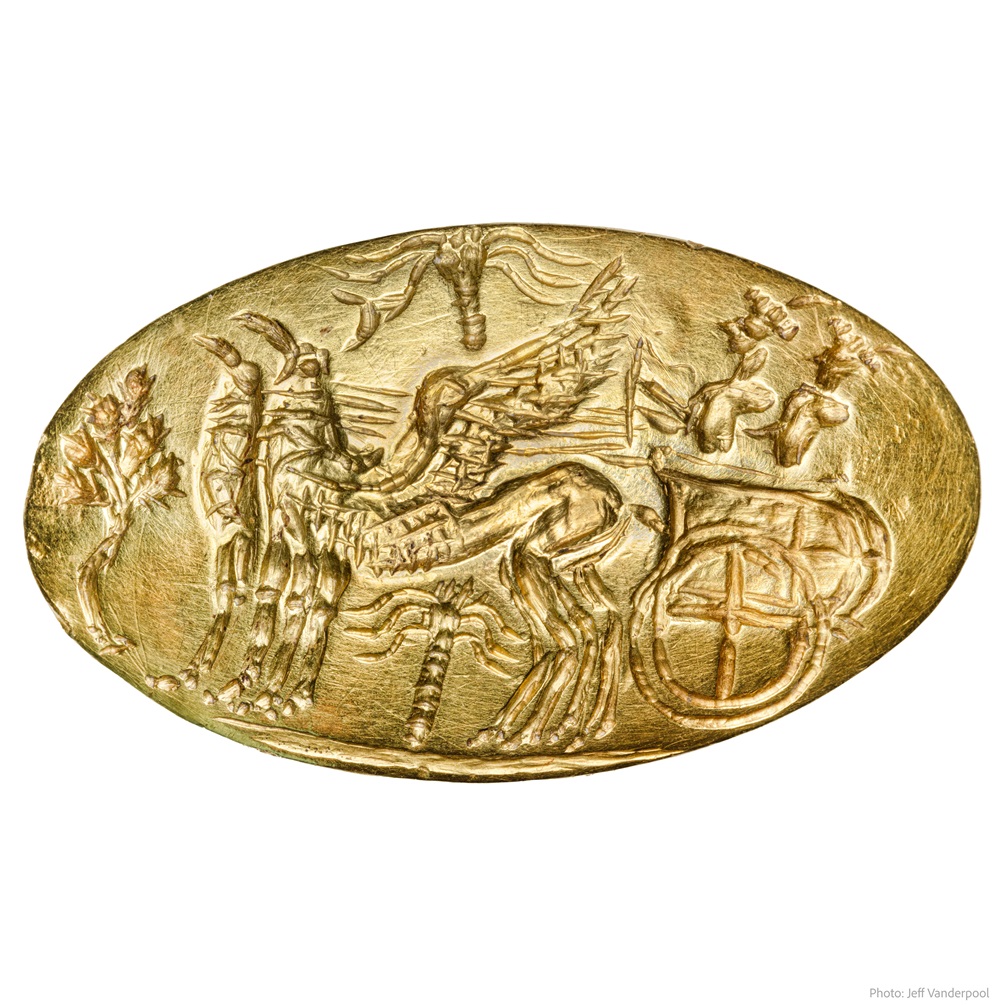
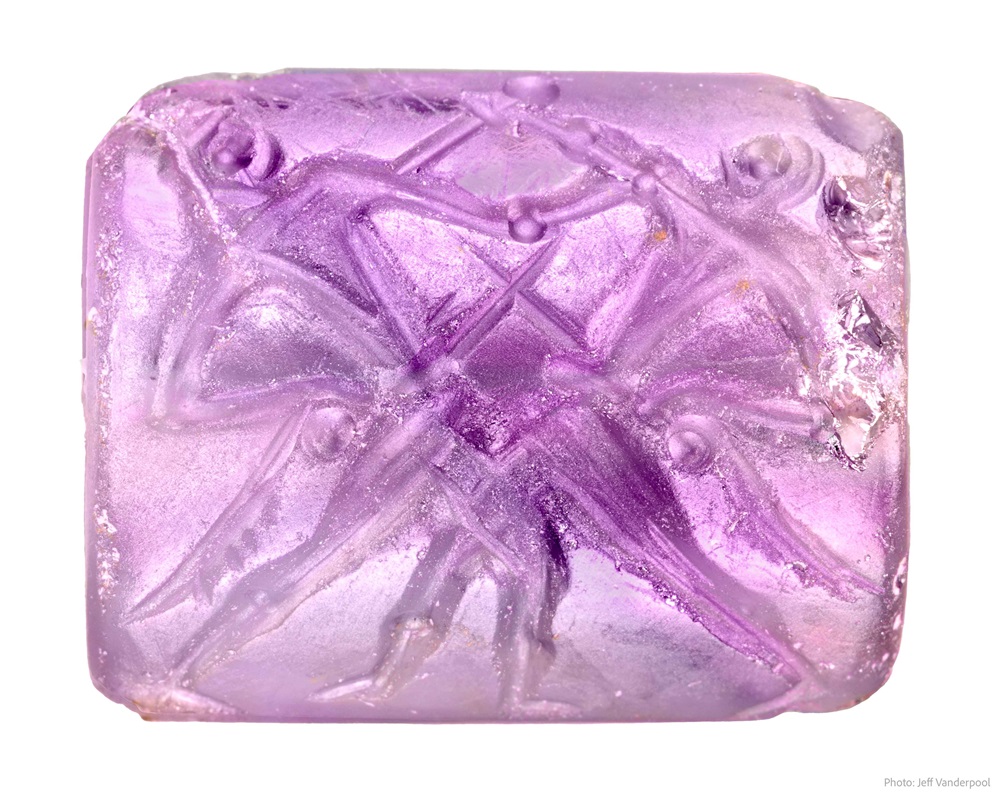
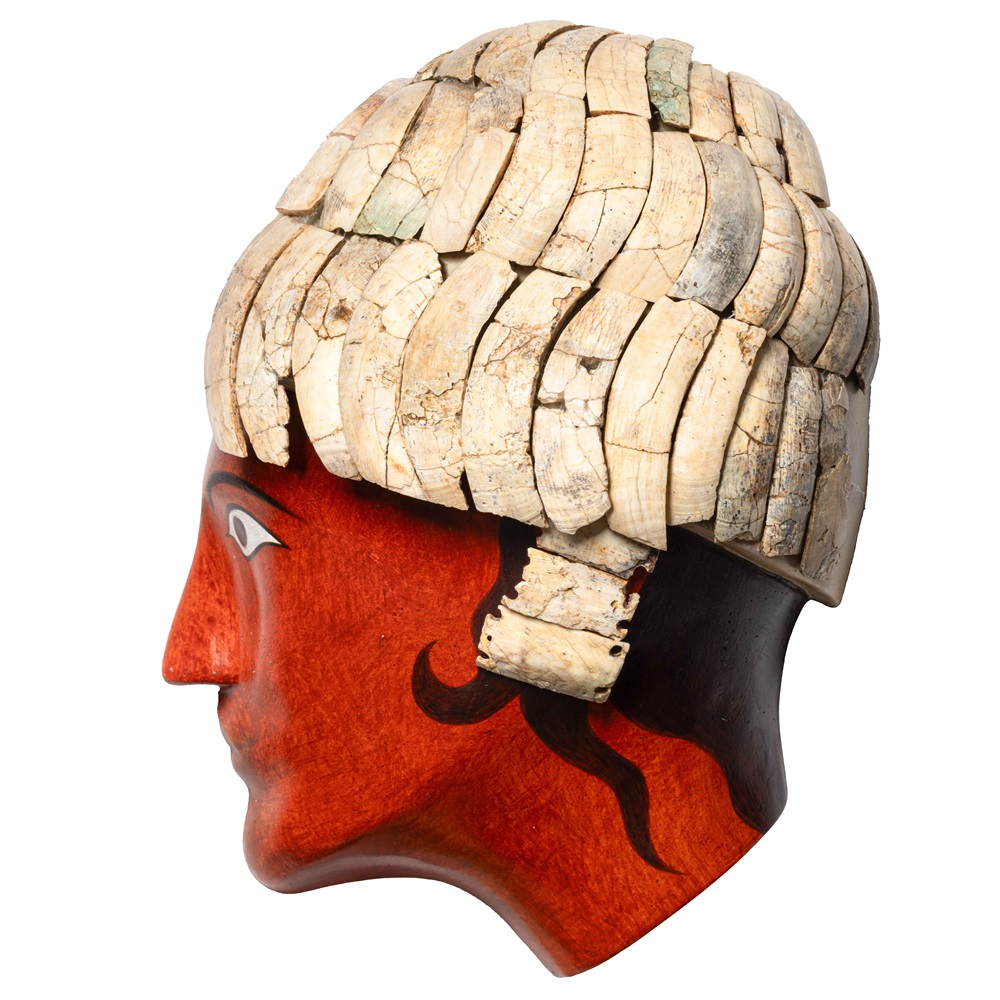
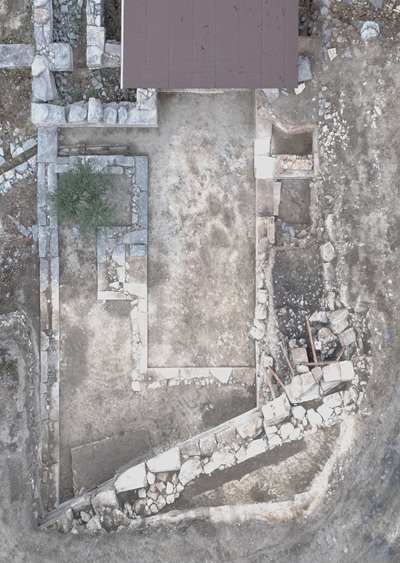
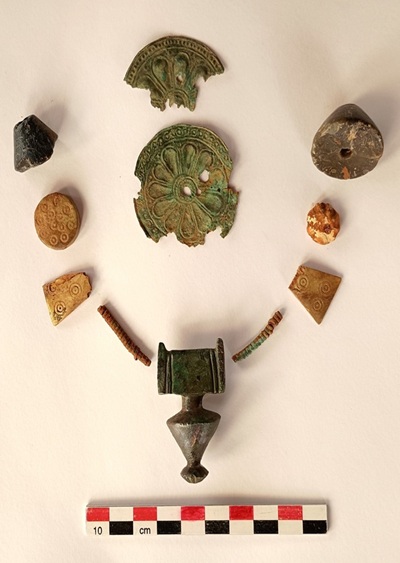
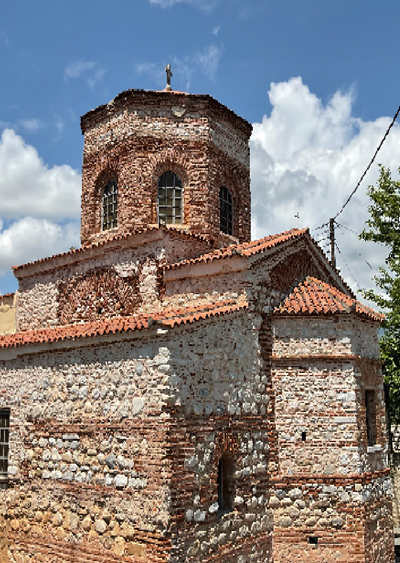
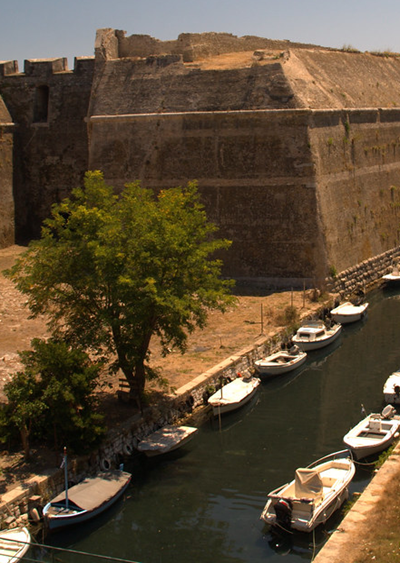


Leave A Comment